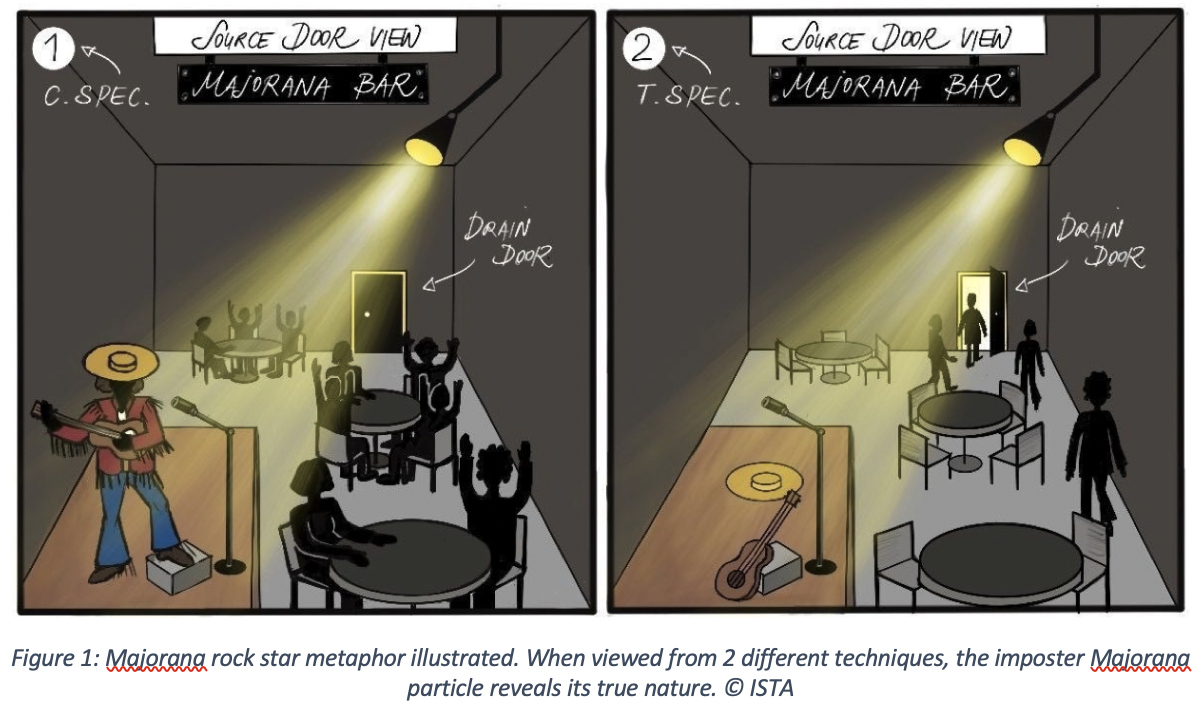Marco Valentini: Hybrid Semiconductor-Superconductor Devices: A Quest to find Elusive Majoranas

"Hybrid Semiconductor-Superconductor Devices: A Quest to find Elusive Majoranas"
Marco Valentini
Institute of Science and Technology
Abstract:
In 1937, Ettore Majorana suggested that a particle, which is its own antiparticle might exist. This triggered the interest of high-energy physicists, but, despite the big efforts, there is no evidence of such a particle [1]. In condensed matter, a quasiparticle with such property can be created, i.e. a Majorana zero mode (MZM). MZMs are non-abelian anyons, which could be used as building blocks for a topologically protected qubit. Hybrid semiconductor-superconductor devices hold great promise for realizing such quasiparticles. However, multiple claims of Majorana detection, based either on the observation of zero bias peaks (ZBPs) in tunneling spectroscopy or on single electron transport in Coulomb spectroscopy, remain disputed. Firstly, I will show how unwanted quantum dots can create ZBPs of non-topological origin in full-shell nanowires [2,3]. Then, I will introduce a novel protocol that allowed us to perform both Coulomb and tunneling spectroscopy on the same device. Interestingly, we observed junction-dependent, even-odd modulated, single electron Coulomb peaks without concomitant ZBP in tunneling spectroscopy [4]. Finally, I will present a new and robust way of inducing superconductivity in 2-dimensional Germanium hole gas that might pave the way towards zero-field topological superconductivity [5]. In particular, we can reliably induce superconductivity, we can control the proximity effect and we showed the possibility of exploiting the superconducting diode effect to exchange pairs of Cooper pairs in a Squid geometry [6].
[1] CUORE Collaboration, Nature 604, no. 7904 (2022): 53-58.
[2] M. Valentini et al., Science, 373(6550) (2021).
[3] S. Vaitiekėnas et al., Science 367.6485 (2020).
[4] M. Valentini*, M. Borovkov* et al., Nature 612 442-447 (2022).
[5] O. Lesser et al., arXiv preprint arXiv:2206.13537 (2022).
[6] M. Valentini et al., manuscript in progress (2023).